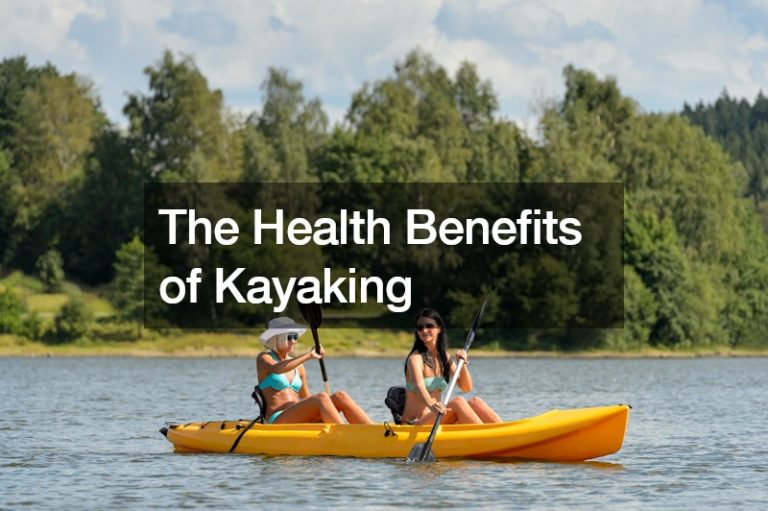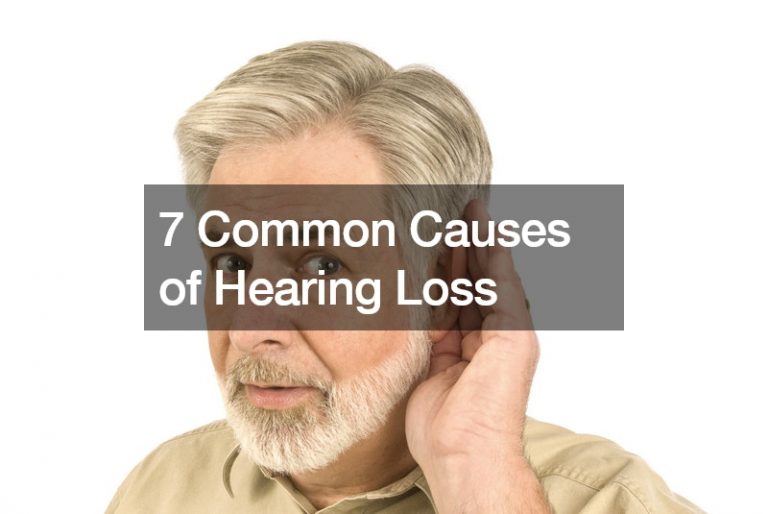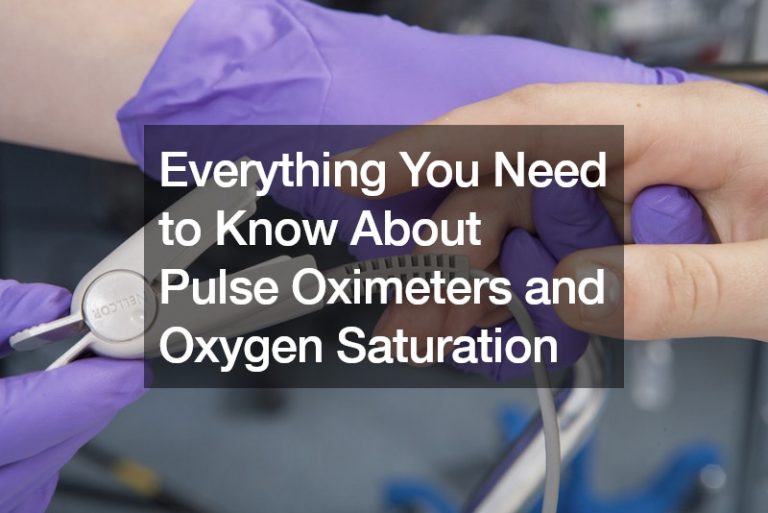- UV rays, including UVA, UVB, and UVC, can cause various skin problems.
- Exposure to UV rays can lead to sunburns, tanning, premature aging, discoloration, and skin cancer.
- Prolonged sun exposure can break down collagen, causing premature aging and leading to wrinkles and saggy skin.
- Protection measures against UV rays include using sunscreen, wearing protective clothing, seeking shade, and avoiding tanning beds.
- Regular dermatologist check-ups are crucial for detecting early signs of skin damage or abnormalities caused by UV rays.
It’s good to be out in the sun and soak up the warmth, but do we take enough measures to protect our skin from the harsh UV rays? Sun exposure can lead to many skin problems, such as sunburn, premature aging, discoloration, and even skin cancer. Here’s what you need to know about UV rays, how they can affect your skin, and ways to protect yourself.
Understanding UV Rays
UV (Ultraviolet) rays are electromagnetic radiation with shorter wavelengths than visible light. There are three types of UV rays – UVA, UVB, and UVC. UVA rays have the longest wavelength and can penetrate deep into the skin, leading to premature aging and wrinkles. UVB rays have medium wavelengths and can cause sunburns, tanning, and skin discoloration. Finally, UVC rays have the shortest wavelength and are usually absorbed by Earth’s atmosphere before reaching our skin. UV rays can be present year-round, reflecting off surfaces like water, snow, and sand.
How UV Rays Affect Your Skin
There are various ways UV rays can affect your skin. Here are some of those ways:

1. Sunburns
A sunburn is a visible sign of skin damage. When your skin gets exposed to the sun for a long time, your skin cells will start to produce more melanin. This results in redness, peeling, and skin sensitivity. Repeated exposure to such skin damage can lead to cancerous growth.
2. Tanning
Most people think tanning is good or healthy for their skin. However, it is far from the truth. When your skin gets exposed to sunlight, it stimulates the production of melanin, making it darker . But over time, this can result in an uneven skin tone, which can become permanent.
3. Premature Aging
UV rays can break down collagen, which keeps our skin tight and youthful. The result of this is that it can lead to premature aging as a result of sunlight exposure. This can lead to wrinkles, saggy skin, and fine lines. If you love your skin, taking proper care of it is essential. Furthermore, getting Botox injections from time to time is important as you age. These injections can help reduce the signs of aging and keep your skin youthful.
4. Discoloration
UV rays can trigger hyperpigmentation, leading to uneven patches on your skin. This can be in the form of freckles, sunspots, melasma, or age spots. Such discoloration can mar your appearance and be an early sign of skin cancer.
5. Skin Cancer
Long-term exposure to UV rays can lead to skin cancer . It is not just about sunburns or having light skin; skin cancer can happen to anyone. Other factors that can trigger skin cancer include family history, age, and history of skin cancer. If you notice any changes or new developments in your skin, always consult a dermatologist.
Preventing UV Ray Damage
Now that we know how UV rays affect our skin, here are a few ways to protect ourselves.

1. Wear Sunscreen
Use sunscreen with an SPF (Sun Protection Factor) of 30 or higher daily. Apply it generously and reapply every two hours if you’re outside for an extended period. Make sure the sunscreen protects against both UVA and UVB rays.
2. Cover Up
Wear protective clothing, such as long-sleeved shirts, pants, and a hat with a wide brim to shield your face from the sun’s rays. Opt for tightly woven fabrics that can effectively block UV rays. You can also choose to wear UV-protective clothing for added protection .
3. Seek Shade
Stay in the shade whenever possible, especially during peak sunlight between 10 a.m. and 4 p.m. If you’re outside, use an umbrella or seek shelter under a tree or building. This will help reduce your exposure to UV rays.
4. Wear Sunglasses
Sunglasses that block both UVA and UVB rays can help protect your eyes from damage caused by the sun. Look for sunglasses with a label stating they block at least 99% of UV rays, or choose wraparound sunglasses for added protection.
5. Avoid Tanning Beds
Tanning beds emit UV rays that can be just as harmful as the sun’s rays. It is best to avoid using tanning beds altogether.
UV rays are a significant cause of skin damage and can lead to various skin problems, including cancer. It is crucial to take proper precautions, such as wearing sunscreen, and protective clothing, seeking shade, and avoiding tanning beds, to protect our skin from these harmful rays. Always consult a dermatologist if you notice any changes or abnormalities in your skin. Caring for our skin today will ensure healthy and youthful-looking skin for years. So don’t forget to take those extra measures and enjoy the sun.






